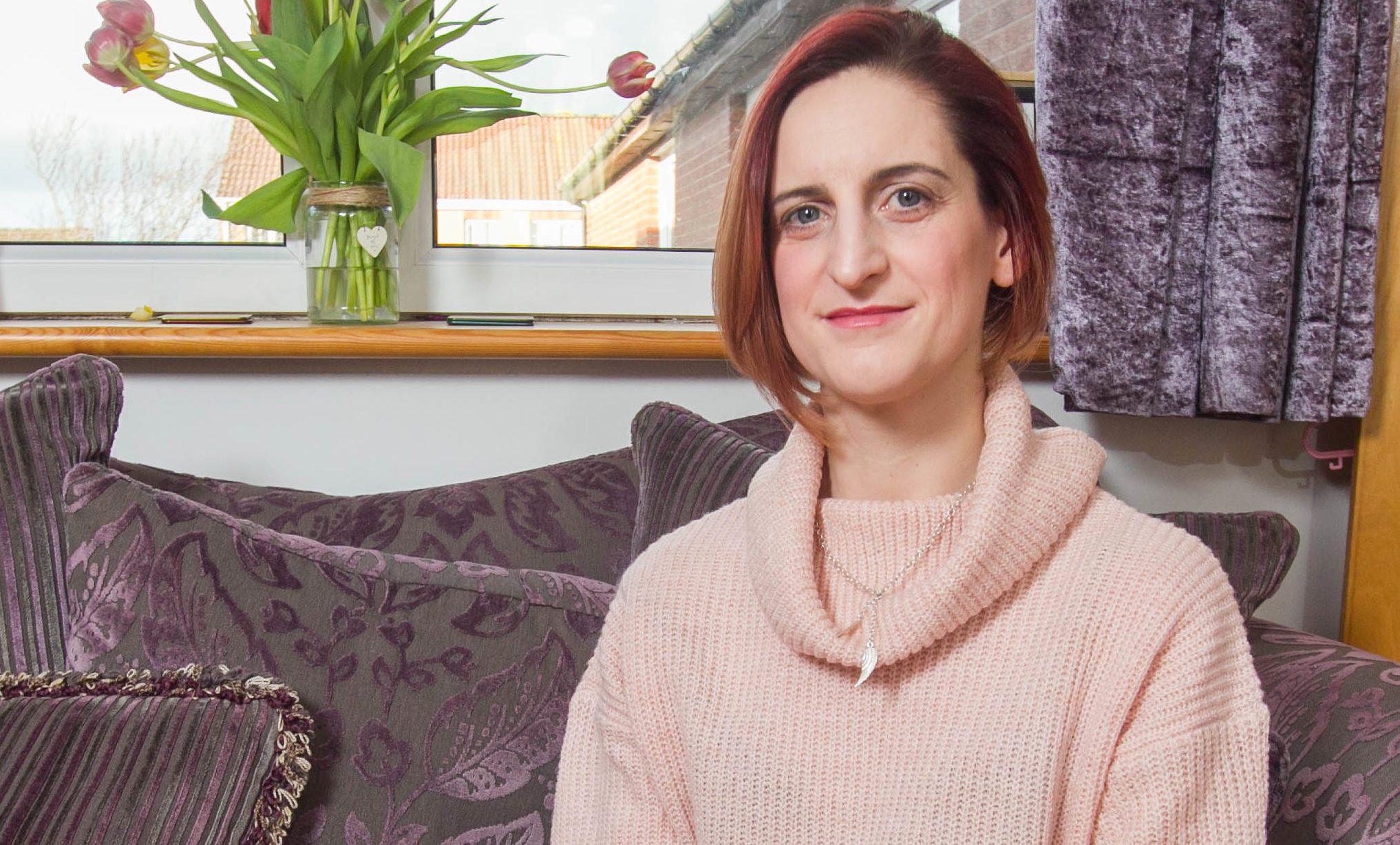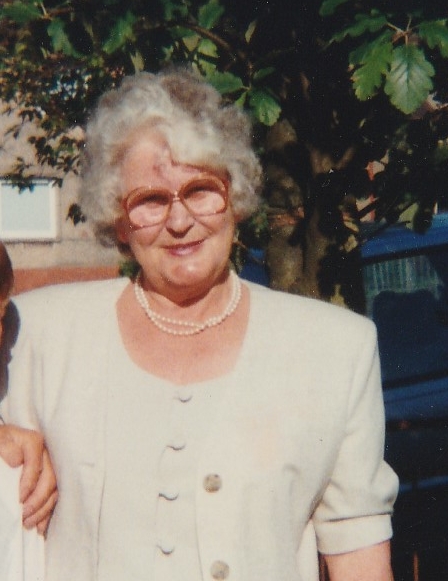
LOUISE ROSS knows only too well the devastation and heartbreak of cancer.
In recent years, numerous friends and family members have been diagnosed with the disease and 20 years ago her much-loved gran Helen lost her battle with cervical cancer.
Since then, she has never taken any chances.
Mum-of-two Louise goes for regular smear tests, as a precautionary measure.
But last year, the test brought some unexpectedly devastating news – Louise, herself, had cancer.
“The smear test results came back as abnormal,” the 36-year-old recalled.
“I wasn’t overly worried, but the test results from six months previously were abnormal too, so I guess alarm bells started to ring.”
Three weeks later, Louise, from Annan, was sent for a colposcopy, so medics could have a closer look at her cervix.
The doctor removed the abnormal cells and sent them off for a biopsy. She said the results should arrive by post in a few weeks.
“I went away and got on with my life and forgot all about it,” said Louise, mum to William, 8, and Iona, 4.
“But the letter never came. One day I was having a cup of tea with a neighbour when the phone rang. It was the doctor.
“She just came straight out with it and said they had found cancer within the cells they had removed.
“I didn’t expect it at all. It was completely out of the blue.
“It was a shock, but she was so supportive she made the news a bit easier to grasp. She gave me her mobile number and said to call any time at all. That made a real difference.”
Waiting for the next appointment was tough.
“I didn’t know what type of cancer it was or what stage it was at, but I am a realist and like to prepare myself for the worst,” she said.
“If I know what’s going to happen, I tend to deal with it better.
“There are treatments, but the worst case scenario would be a hysterectomy.” Louise was found to have large cell neuroendocrine cancer, a rare and aggressive form of cervical cancer which affects just 1-3% of people diagnosed.
“It was devastating, but in my mind, I was 35, had two kids and myself and my husband James had already decided not to have any more children, so not as devastating as it may have been for someone younger or who hadn’t started a family yet.
“Getting the diagnosis, I felt relieved because at least then I knew what I was dealing with.”
Louise, a former army mechanic who now works as a leisure attendant, had surgery last May.
As well as a radical hysterectomy, surgeons removed lymph nodes from her pelvis and abdomen.
This was a precautionary measure to ensure the cancer had not spread into her lymphatic system, which could have led to the cancer growing in other parts of her body and possibly becoming terminal.
Last week marked one year since her abnormal smear was taken – and, after a follow-up with her consultant gynaecologist, Louise is delighted to be cancer free. “I’m very lucky,” she said. “Not only because the cancer was caught in time, but also because this type is very rarely seen in smear tests.
“Neuroendocrine cancers are a type of hormonal cancer which typically affects the lungs, pancreas and the thyroid.
“I didn’t have any of the typical symptoms – so if I hadn’t had that smear, the cancer could easily have been far more advanced before it was discovered.
“I have always gone for regular smear tests – my gran actually died from cervical cancer because it was just too advanced.
“Now I am determined to stress to others just how important they are.”
Louise added: “I have posted messages about my journey on Facebook and Instagram, mostly as an awareness thing.
“As a result I know of at least nine friends who have gone for a smear test who ordinarily wouldn’t have.
“It’s all about educating people.
“I never in a million years suspected I would get cancer.
“I’m fit and healthy, I don’t smoke, don’t drink…but cancer doesn’t discriminate.
“It can affect anyone.”
Debunking the myths
Smear tests are a test for cervical cancer. False. A smear test is used to detect abnormal cells in the cervix at an early stage. So it actually prevents 75% of cervical cancers from ever developing.
Smear tests are painful. For most people, a smear test actually doesn’t hurt. Some women might find it slightly uncomfortable or embarrassing, which is totally normal. If it does hurt or you have a health condition which could make it more painful then speak to your nurse and discuss how you can make it easier and more comfortable.
Only young people get cervical cancer. Cervical cancer in fact affects women of all ages, which is why it is important to attend smear tests regularly to reduce the risks.
If you’ve had the HPV vaccine then you don’t need to attend a smear test. False! If you have had the HPV vaccination you are protected against at least 70% of cervical cancers. However, you are not fully protected so a smear is still important.
HPV is rare. The reality is that four out of five people will develop the virus at some point in their lives. In many cases, our immune systems will get rid of it without us ever knowing we had it.

Enjoy the convenience of having The Sunday Post delivered as a digital ePaper straight to your smartphone, tablet or computer.
Subscribe for only £5.49 a month and enjoy all the benefits of the printed paper as a digital replica.
Subscribe